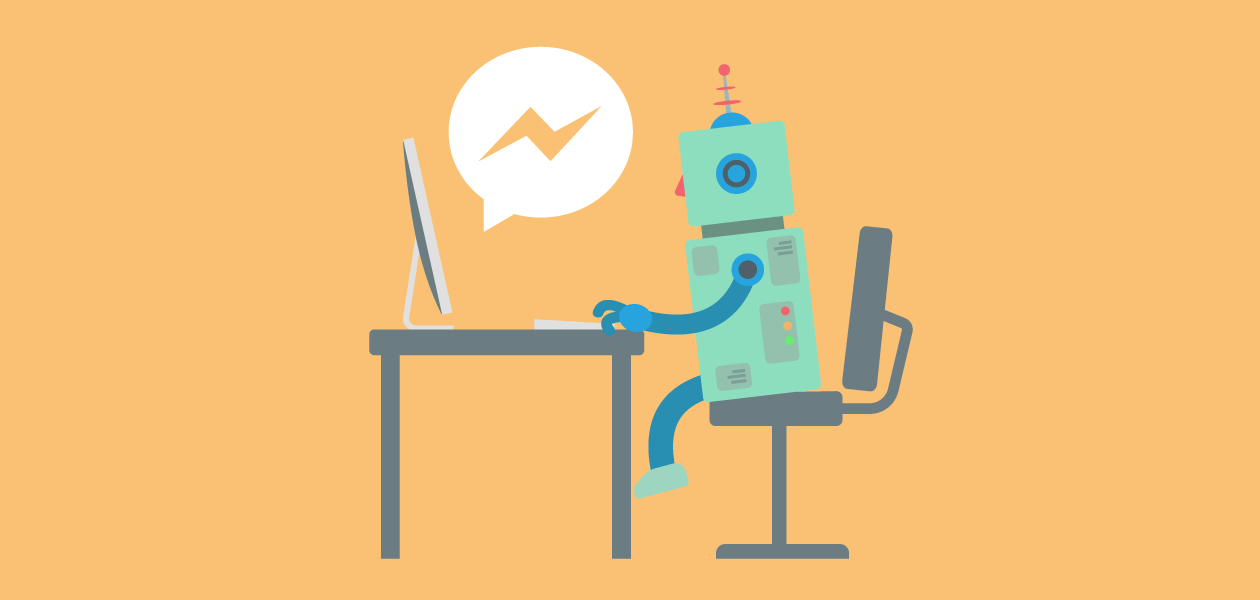The Instant Pot might be one of the greatest inventions of all time. It’s a labor-saving device that allows users to cook high-quality meals in a predictable and coachable way, and it performs the same way every time.
Conversational AI for customer service is a lot like the Instant Pot. It can eclipse human performance in many situations. AI-powered virtual agents can resolve customer issues quickly, with more consistency.
Cooks who use the Instant Pot use it for simple weeknight meals. They don’t try to prepare complex, involved creations. Similarly, when AI is used in the right situations — to resolve high-volume, repeatable tickets — it’s truly a labor-saving device for customer service reps.
Read Also: Swiss Banking Giant UBS Books Lower Profits In 2019
A Polarizing Invention
The standard cooking pot hasn’t changed too much over the last 300 years. In the 1970s, change started to come with the Crock Pot, a slow cooker. The Instant Pot (40 years later) has two functions: a slow cooker and a pressure cooker, which permits up to 10 times faster cooking. The Instant Pot’s “set and forget” process makes lives easier by providing hot meals for those without the time or traditional culinary skills to pull it off. Even still, some people are afraid to use these time-saving devices.
Automation in customer service also stirs up mixed feelings. This is due primarily to the misinformed “job threat” argument or lingering feelings from first-generation chatbots.
Chatbots: A Labor-Saving Tool?
The labor-saving tools in the kitchen used to be single-task tools like tea strainers. They provided very little savings in efficiency, with people spending just as much time — or more — to get a desired outcome.
The same can be said for first-generation chatbots. With the promise to automate interactions with customers at scale, many companies adopted bots. Unfortunately, like the tea strainer, bots added time and frustration.
People who interacted with chatbots expected to have natural conversations, but the experience was often unhelpful. This is because chatbots are manually programmed with rigid decision trees. Any deviation from the pretrained script — even a misspelled word — confuses them.
With customer service, people want immediate resolutions to their issues. Customers want to be able to retrieve their bill, for instance, in a second. Manually programming every way a person might ask a question is impossible. In one example, Comcast found that its customers asked to see their bill in 7,500 different ways.
When customers couldn’t find the help they needed from a chatbot, they would seek out a human representative to help on another channel, which isn’t exactly labor-saving.
The Road To Conversational AI
Over the past three years, conversational AI has matured to deliver on the promise of being a time-saving device in customer service. It enables companies to have virtual agents performing tasks just like humans would. Conversational AI can understand the context behind words in a sentence, not just the dictionary meanings of words.
Like a human agent, AI can alter a conversation based on factors like the person’s historic relationship, sentiment and context. It can perform human work accurately and at a much higher productivity rate — resolving an indefinite number of customer issues simultaneously.
When we look back at the first applications of conversational AI, we see the evolution of technology follow the idea of helping a person accomplish something quicker.
ELIZA, one of the first chatbots developed in the 1960s, was designed to act as a therapist. It was more of a fun experiment than an actual replacement for driving to a therapist’s office and lying on a couch. But as one of the first examples of a chat-based AI, it has parallels with the conversational AI that companies use today in customer service: immediate information.
Instant messaging bots like SmarterChild evolved from word-based adventure games to include a wealth of applications. These helped users save time searching the web or flipping through a phone book.
With the launch of Siri and Alexa, AI has started to prove even more useful. People do not have to lift a finger to play a song or order a pizza. In this same vein, conversational AI is now at a point where the positive impact it has and its actual usefulness in customer service is accelerating at a rapid speed.
The Impact On The Human Experience
Conversational AI makes a positive impact on customer and agent experiences. Customers love the immediate and effortless resolutions provided by AI agents.
Many customer service reps are dissatisfied; they feel undervalued and are under pressure to work quicker than ever. The majority of their work is mindless and repetitive. AI helps these agents work faster by removing mundane, repeatable work and recommending actions based on real-time data analysis.
When bringing AI into your customer service organization, start with the following:
- Identify the right issues to delegate to an AI agent. Highly repeatable, high-volume tickets that pose little business risk, including baggage costs for airlines, refund requests for retailers and order modifications for subscription services, are some top examples.
- Ensure your AI is uplifting humans. AI and human agents need to work well together. Make sure your solution is assisting humans whenever possible, collecting information from the customer, pulling data from other systems, or recommending responses and actions.
- Integrate with back-end systems. Give your AI the authority to resolve issues on an individual level, instead of simply providing generic responses. This includes pulling up the exact status of an order for a customer, not sending them to a website to do it themselves.
When you’re adopting AI into your customer service organization, ensure it is a true labor-saving device for your customers and employees.
FORBES
